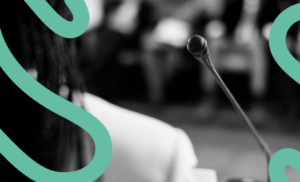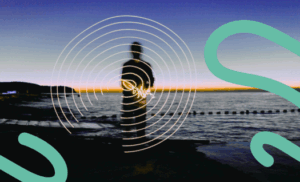Barely a week after its release, Barbie has already smashed the box office with box office takings of over ¤1 billion. 700 million dollars worldwide… but it’s not just a cinematic success, it’s a real social phenomenon and one of the best marketing campaigns we’ve seen in recent times.
The Barbie film is the first step in the campaign promoted by Ynon Kreiz, Mattel’s CEO since 2018, who, following in Marvel’s footsteps, has seen great potential in the intellectual property of its toys, to relaunch his company’s sales and grow its figures, which had been declining in recent years. Their experiment has worked and promises to be the first of many more brand movies from Mattel, which is already working on Polly Pocket and Hot Wheels.
This success is largely due (cinematographic and production issues aside) to the huge marketing campaign surrounding the film, even months before its release. Mattel has managed to revive the Barbie brand, which seemed dormant in recent times, and relaunch it with more strength than it had in its beginnings back in the 1960s, becoming a real social phenomenon: pink fever has spread all over the world.

Barbie has all the ingredients that any marketing campaign could wish for, serving as a turning point for Mattel’s recovery as a company, the ultimate goal of the film:
- Generating expectation (insights): Ever since the first images of Margot Robbie and Ryan Gosling skating on the beach in Malibu were leaked, every piece of information from the film has been growing in interest and desire. It is the first step in any marketing campaign.
- Branding: In any brand, branding is important, and Mattel has been clear about Barbie’s DNA since its beginnings, the colour pink. This branding has been exploited to the hilt throughout the promotion of the film.
- Broad spectrum of audience (emotional marketing): The company has been adapting its iconic doll to social changes, going from having the more sexist connotations of its beginnings to becoming a feminist symbol and a symbol of female empowerment. This creates a great potential to appeal to multiple audience segments, capturing attention from the nostalgic to those who have never played with the doll, but who identify it as a symbol of today.
- Collaborations and alliances with other brands (co-branding): The sale of intellectual property licenses has triggered an endless number of advertising and commercial agreements, as well as different alliances with other brands that have not wanted to miss out on the Barbie phenomenon: Zara, Primark, Starbucks, Burger King, XBOX, or Airbnb, are some examples of companies that have launched products related to Barbie, taking advantage of the film’s release. These are win-win partnerships where all parties win… in this case, Warner and Mattel get to reach new viewers and potential consumers; while the partner brands launch lucrative special collections, monetising the interest generated by the film.
- Brand explosion on social media: There is no marketing campaign that does not make use of social media, and Barbie could not be an exception. Under the concept of “barbiecore“, a myriad of symbols, hashtags, emoticons and even artificial intelligence have been created to encourage users to share Barbie-related content. Here you can see the keys to activate Barbie mode on social networks.
The Brand Movies phenomenon
Barbie is not the first film in which the brand is the protagonist. In recent years we have been experiencing a boom in films linked to the world of business and even advertising. We have gone from traditional product placement (in which brands were “subtly” placed in the context of the film – FedEx or Wilson in Castaway, for example) to the brand being the main thread and even the protagonist of the film. The ins and outs of brands and their creators connect perfectly with the audience and has become the storytelling of choice in recent times.
During 2023 alone, in addition to the film we have been talking about in this post, there are several examples:
- Air: Starring and directed by Ben Affleck, it tells the story of the lucrative deal between Michael Jordan and Nike and the launch of the famous Air Jordan trainers.
- Tetris: It tells the story of Henk Rogers, an American video game salesman who popularised the famous Soviet video game.
- Super Mario Bros: Based on the famous Nintendo video game.
- Flamin’ Hot: The film follows the life of Richard Montañez, the Mexican-born caretaker who invented the famous Cheetos Flamin’ Hot.
These are just some of the most recent examples, but before that, other titles such as “The House of Gucci” (2021), “The Founder” (2017), which tells the story of the founder of McDonalds, “LEGO, the movie” (2014), “The Social Network” (2010), based on the story of the creator of Facebook, or “The Devil Wears Prada” (2006) are worth mentioning.
All of these examples have been blockbusters and have served as pure marketing strategies to connect audiences with brands and their creators, triggering sales and generating lucrative business. But has Barbie surpassed all the expectations generated by her predecessors? We are convinced that it does and that it represents a before and after in these new strategies, in which films are just another part of an effective marketing campaign.










